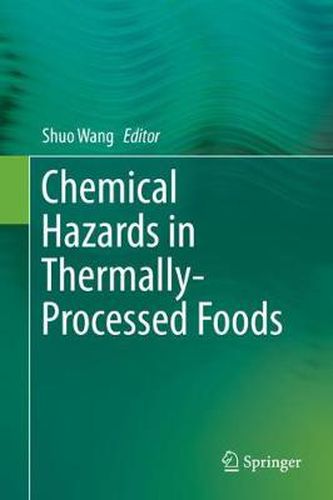Readings Newsletter
Become a Readings Member to make your shopping experience even easier.
Sign in or sign up for free!
You’re not far away from qualifying for FREE standard shipping within Australia
You’ve qualified for FREE standard shipping within Australia
The cart is loading…






This book summarizes the types, contents, analytical methods, formation mechanisms and control strategies for hazardous substances produced during the thermal processing of foods. In each chapter, hazardous substances such as dicarbonyl compounds, acrylamide, furan, heterocyclic amines, trans-fatty acids, and advanced glycation end products (AGEs) are covered and discussed in terms of analytical methods, formation mechanisms and mitigation strategies.
The content chiefly focuses on how these hazardous substances are formed during thermal processing and what can be done to mitigate or eliminate them in food products (e.g. those prepared at higher temperatures by baking, frying or roasting).
The major objective of this book is to provide a timely and informative guide for researchers and graduate students in the fields of food chemistry, food ingredients, food analysis, food safety, food processing, chemical toxicology, disease prevention and health promotion.
$9.00 standard shipping within Australia
FREE standard shipping within Australia for orders over $100.00
Express & International shipping calculated at checkout
This book summarizes the types, contents, analytical methods, formation mechanisms and control strategies for hazardous substances produced during the thermal processing of foods. In each chapter, hazardous substances such as dicarbonyl compounds, acrylamide, furan, heterocyclic amines, trans-fatty acids, and advanced glycation end products (AGEs) are covered and discussed in terms of analytical methods, formation mechanisms and mitigation strategies.
The content chiefly focuses on how these hazardous substances are formed during thermal processing and what can be done to mitigate or eliminate them in food products (e.g. those prepared at higher temperatures by baking, frying or roasting).
The major objective of this book is to provide a timely and informative guide for researchers and graduate students in the fields of food chemistry, food ingredients, food analysis, food safety, food processing, chemical toxicology, disease prevention and health promotion.